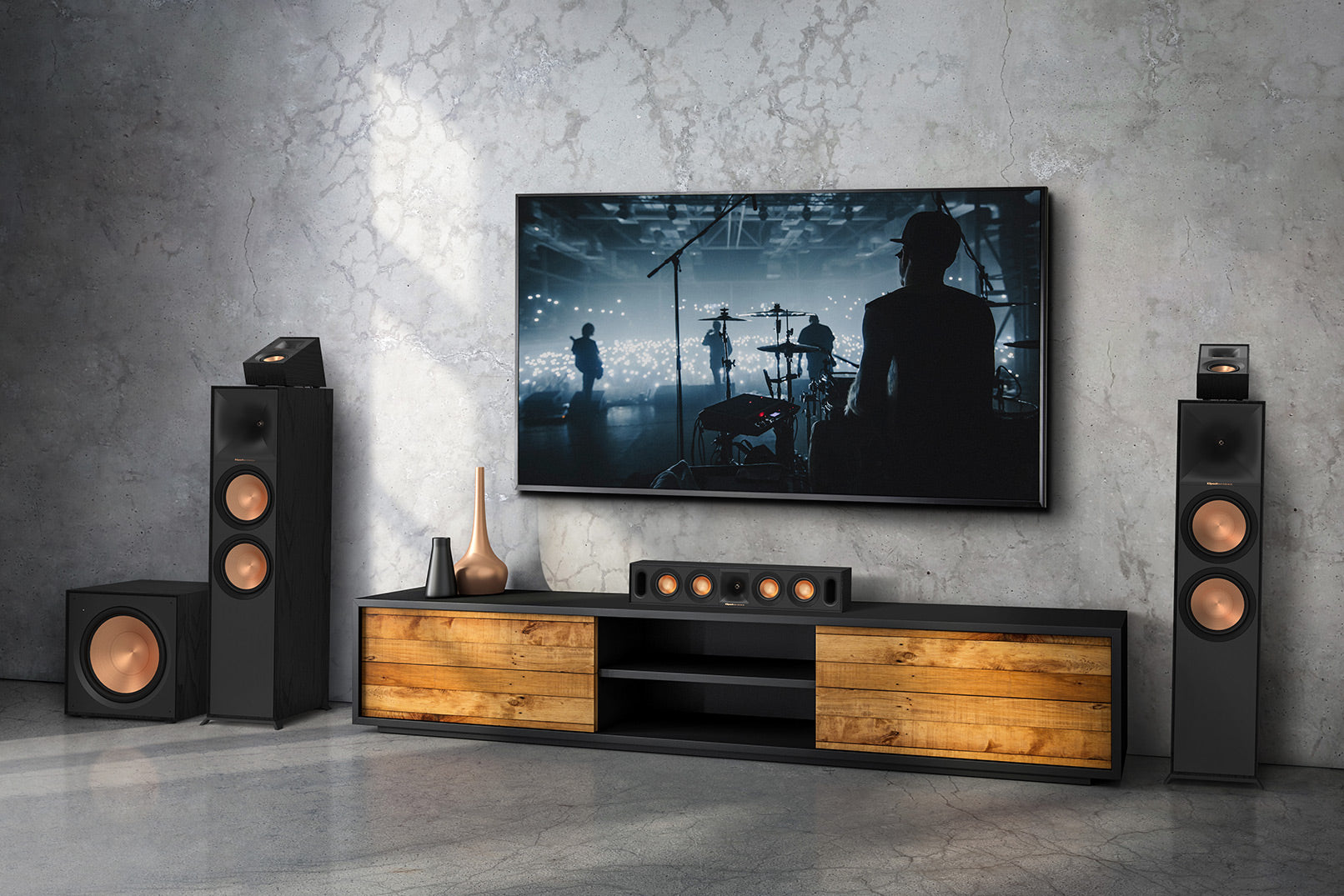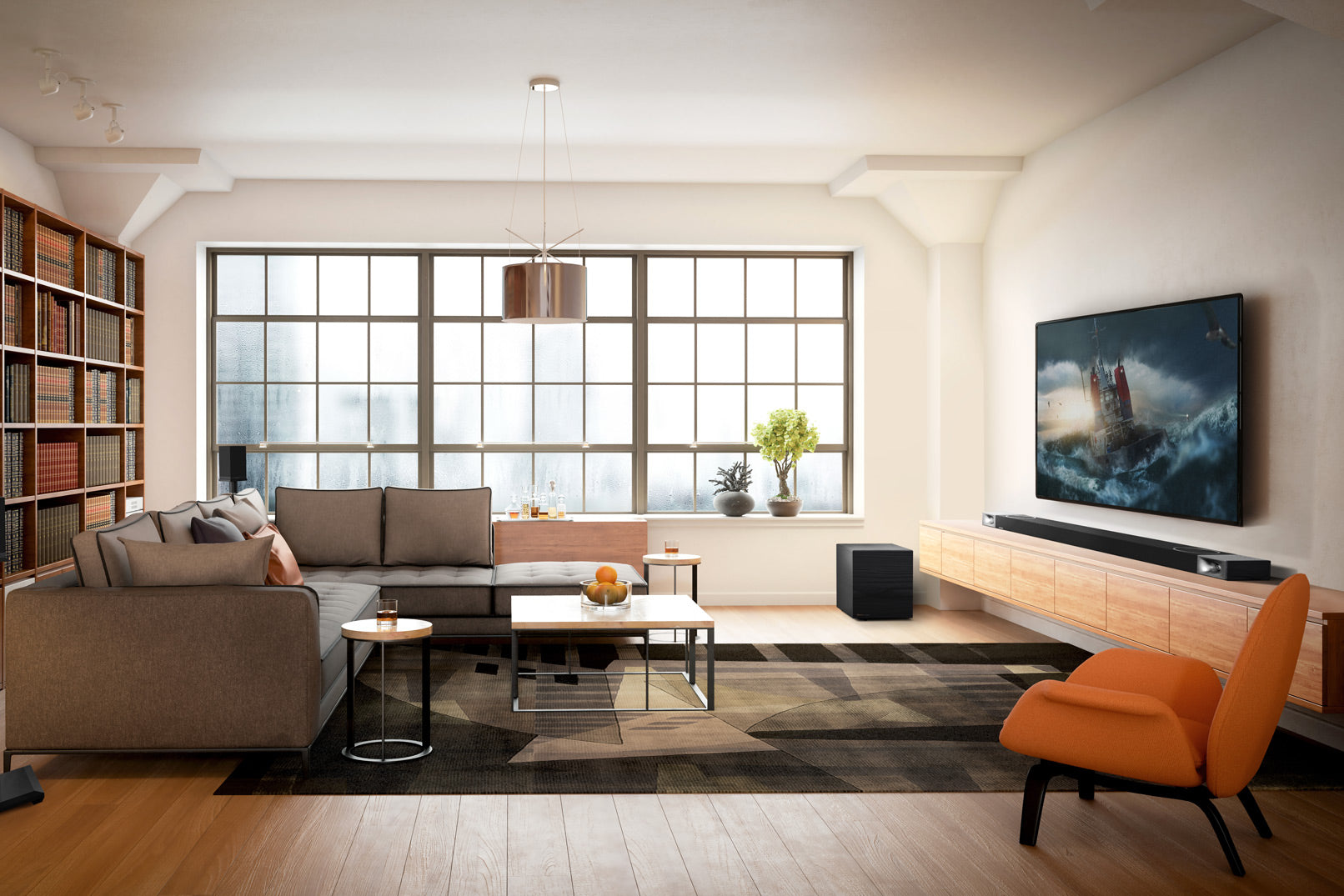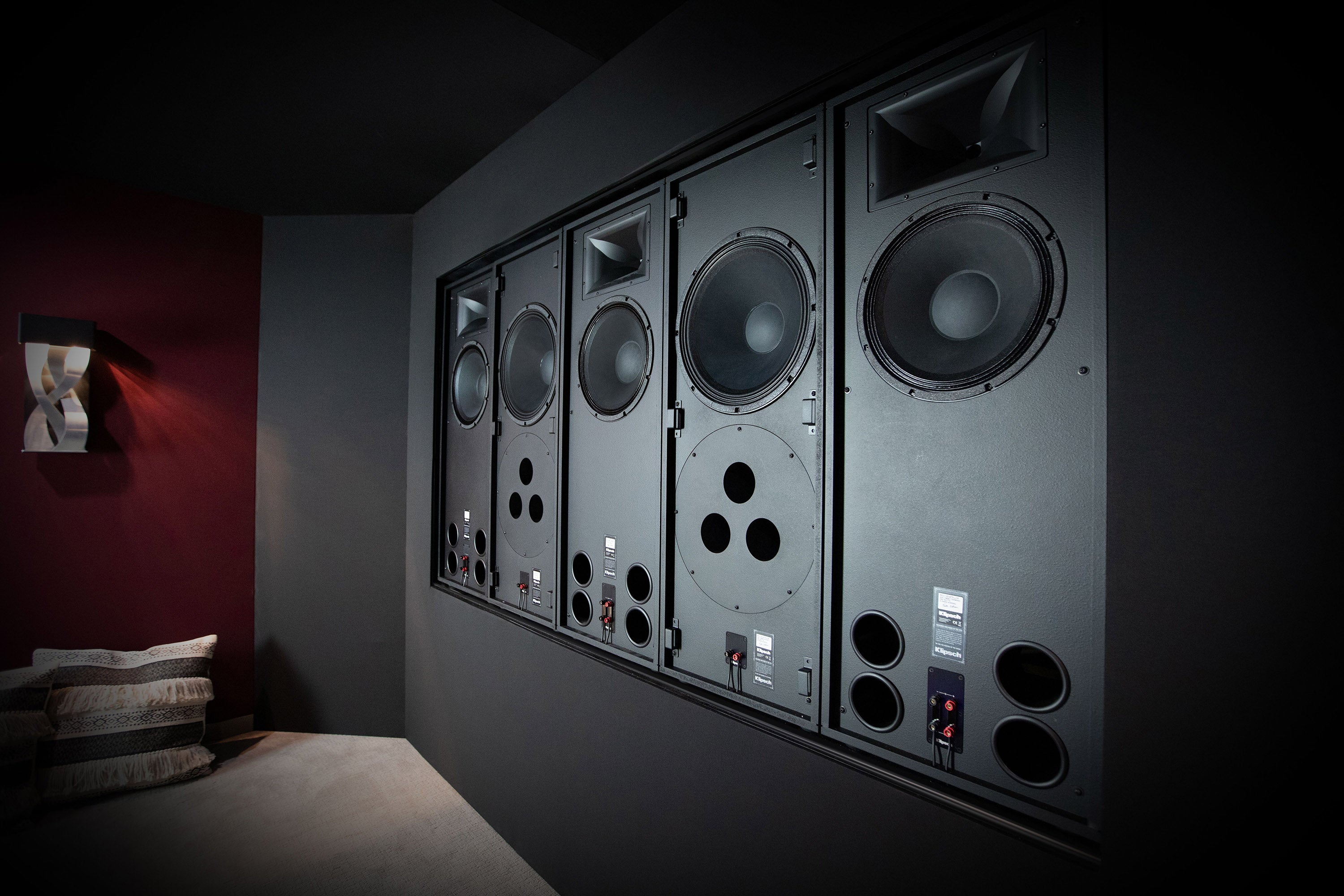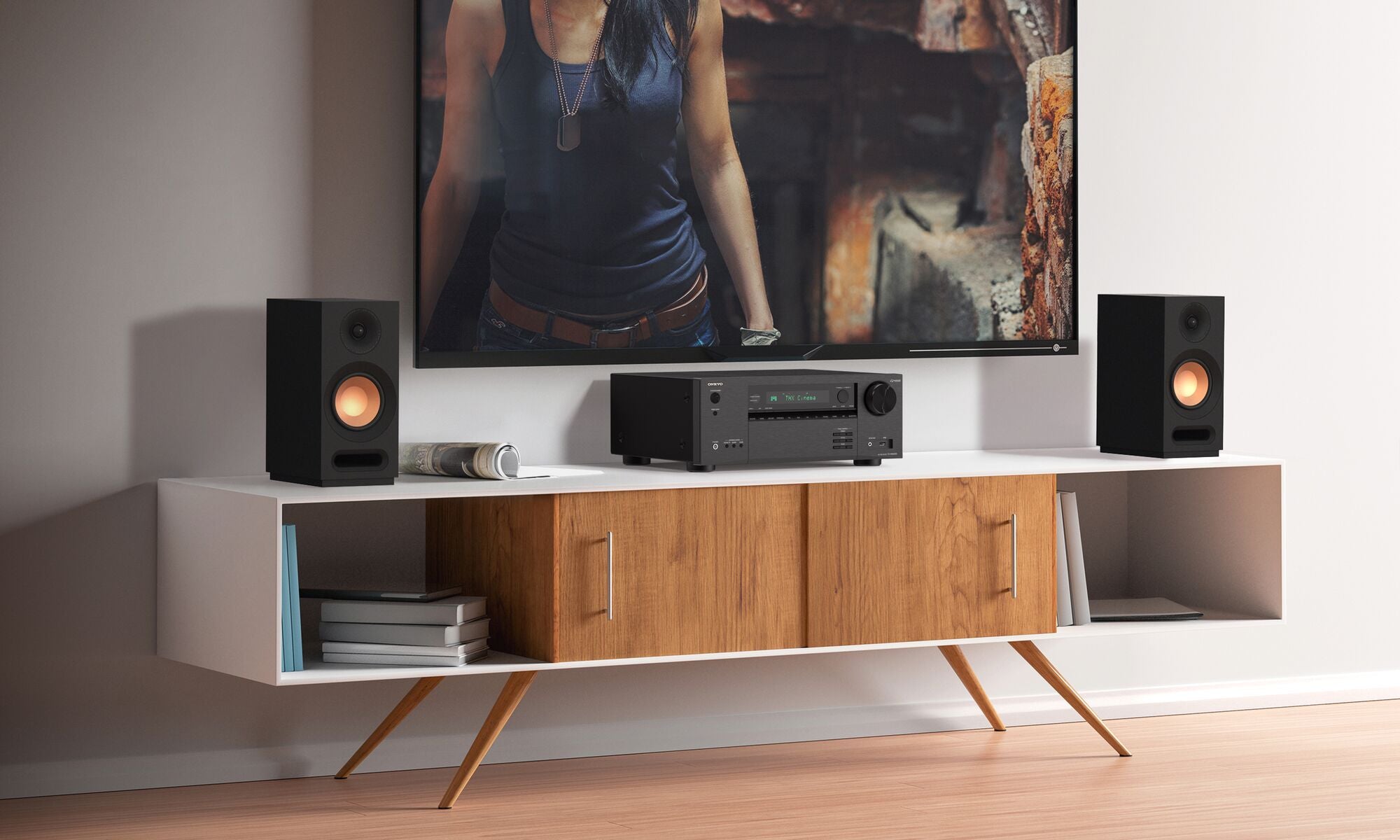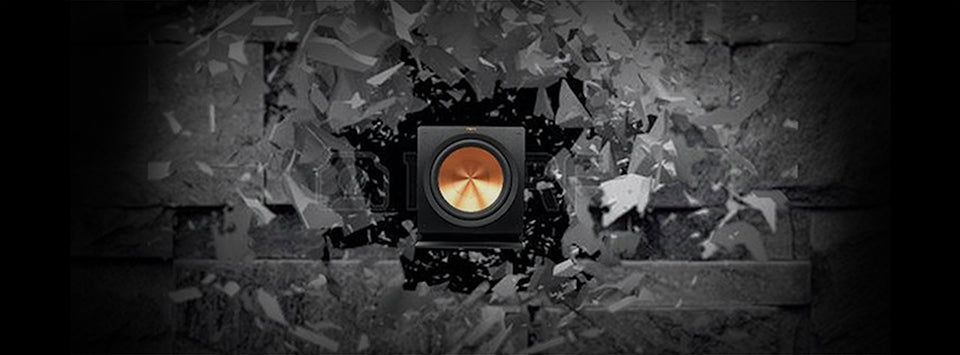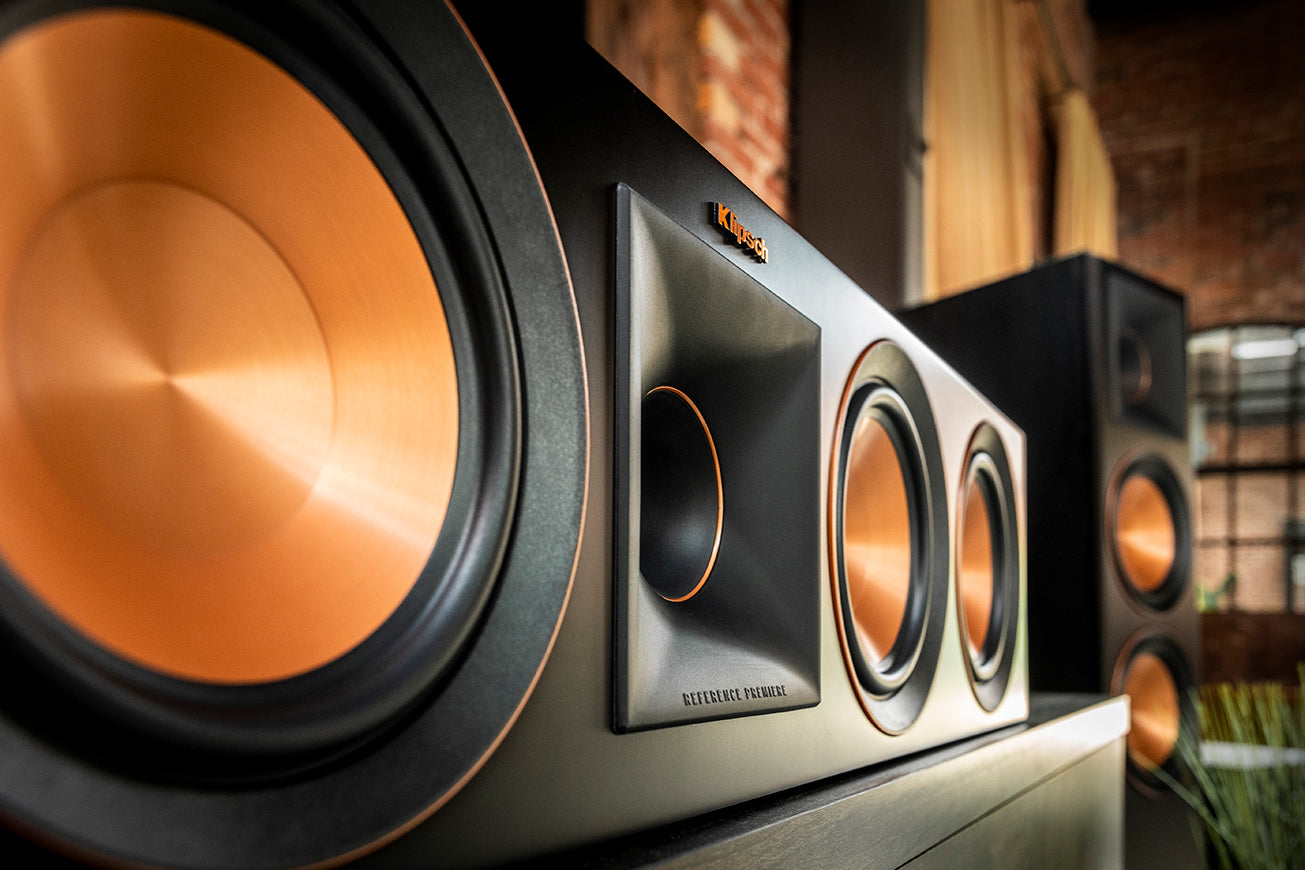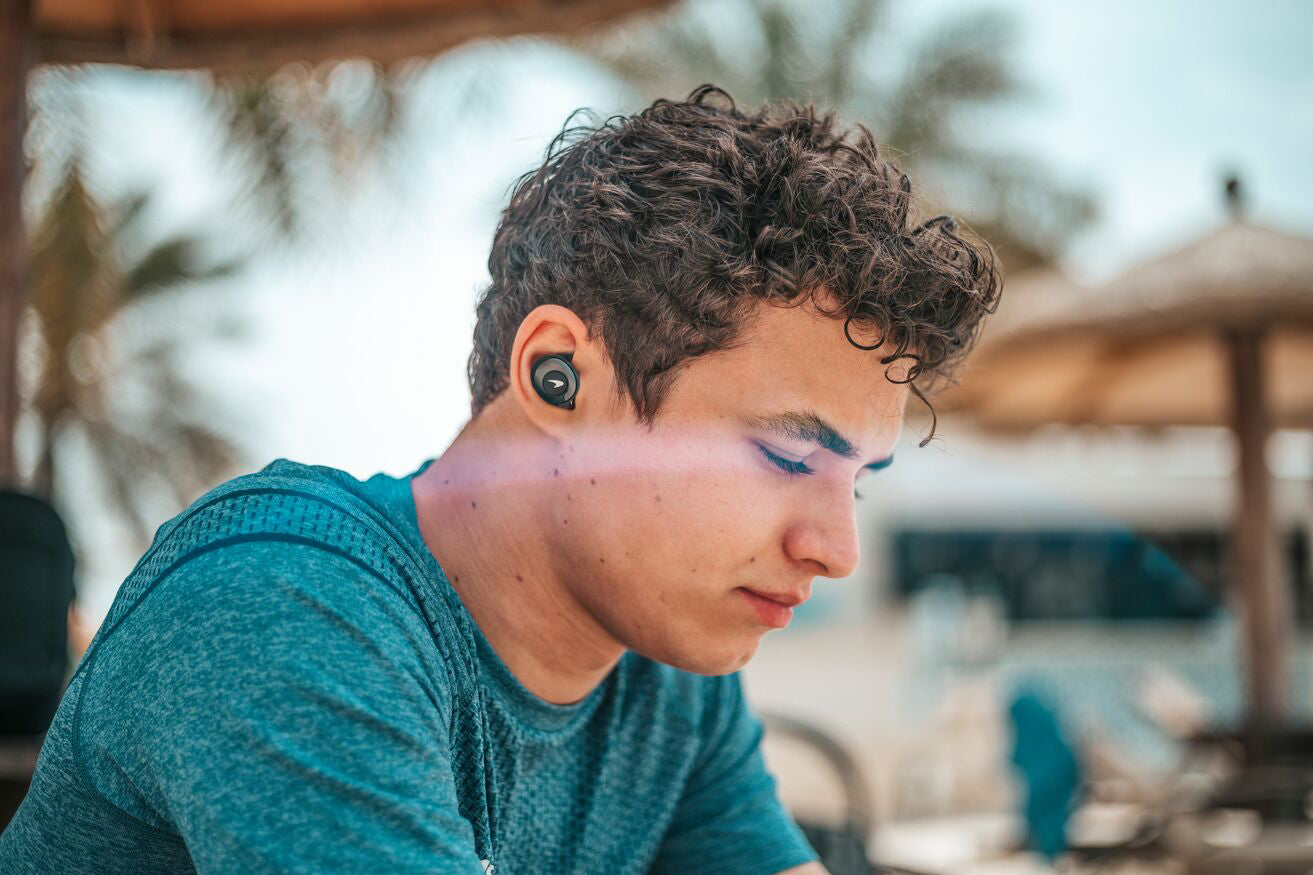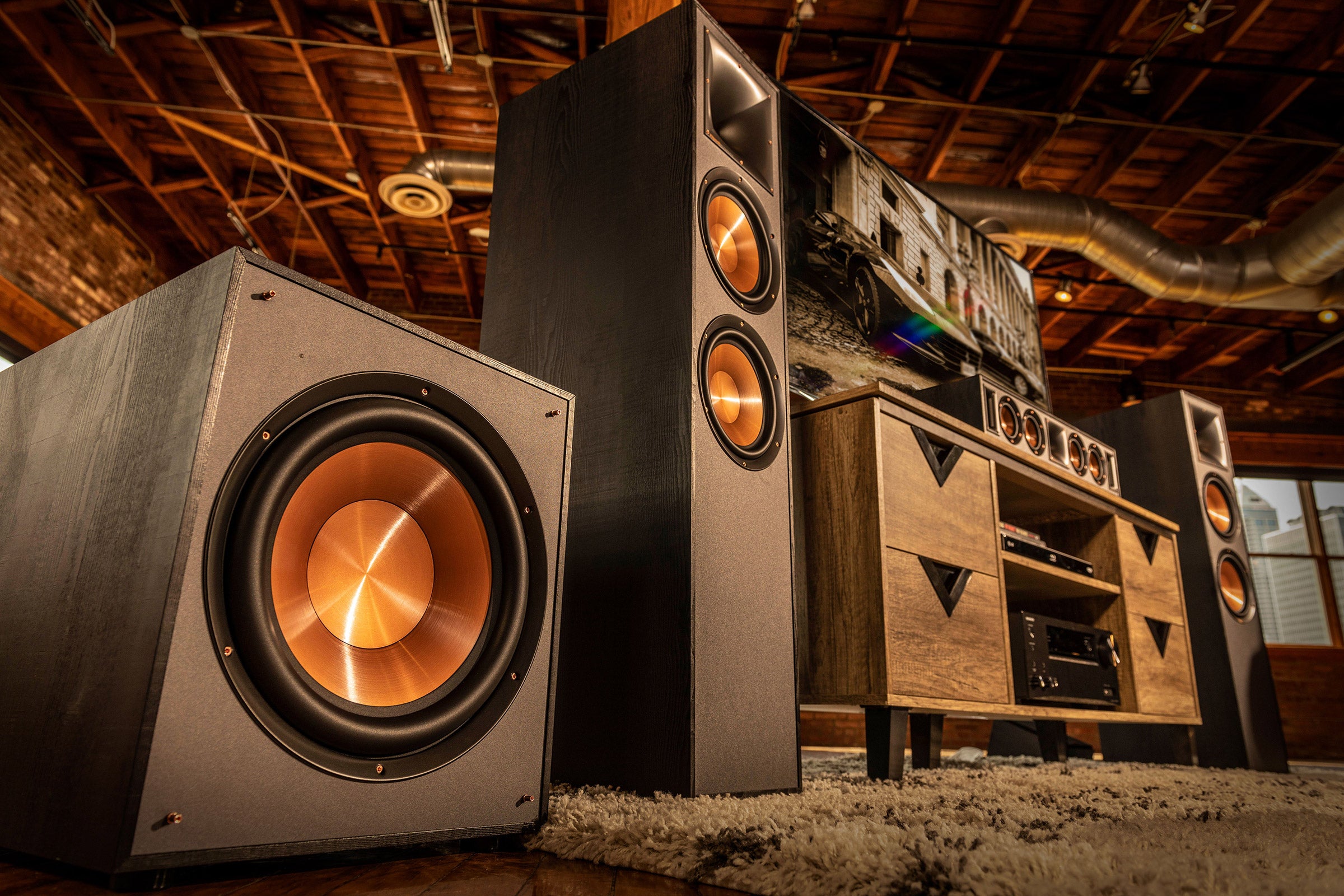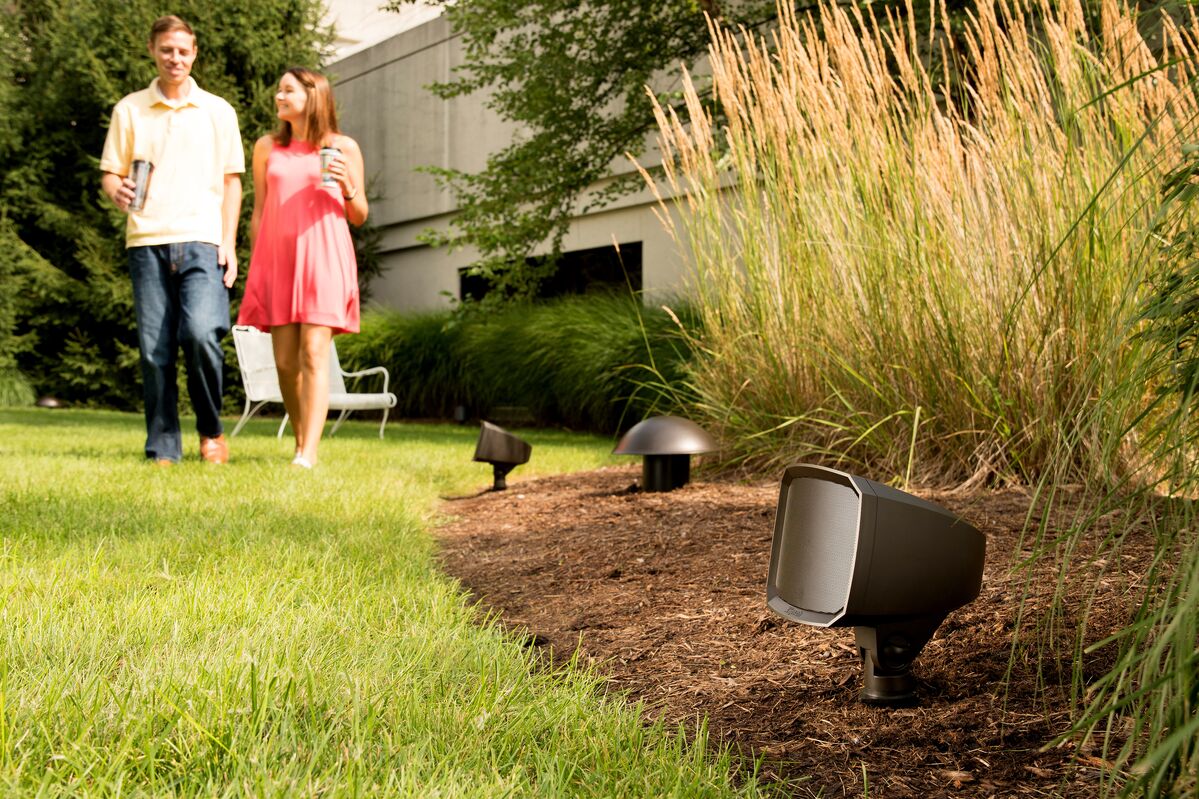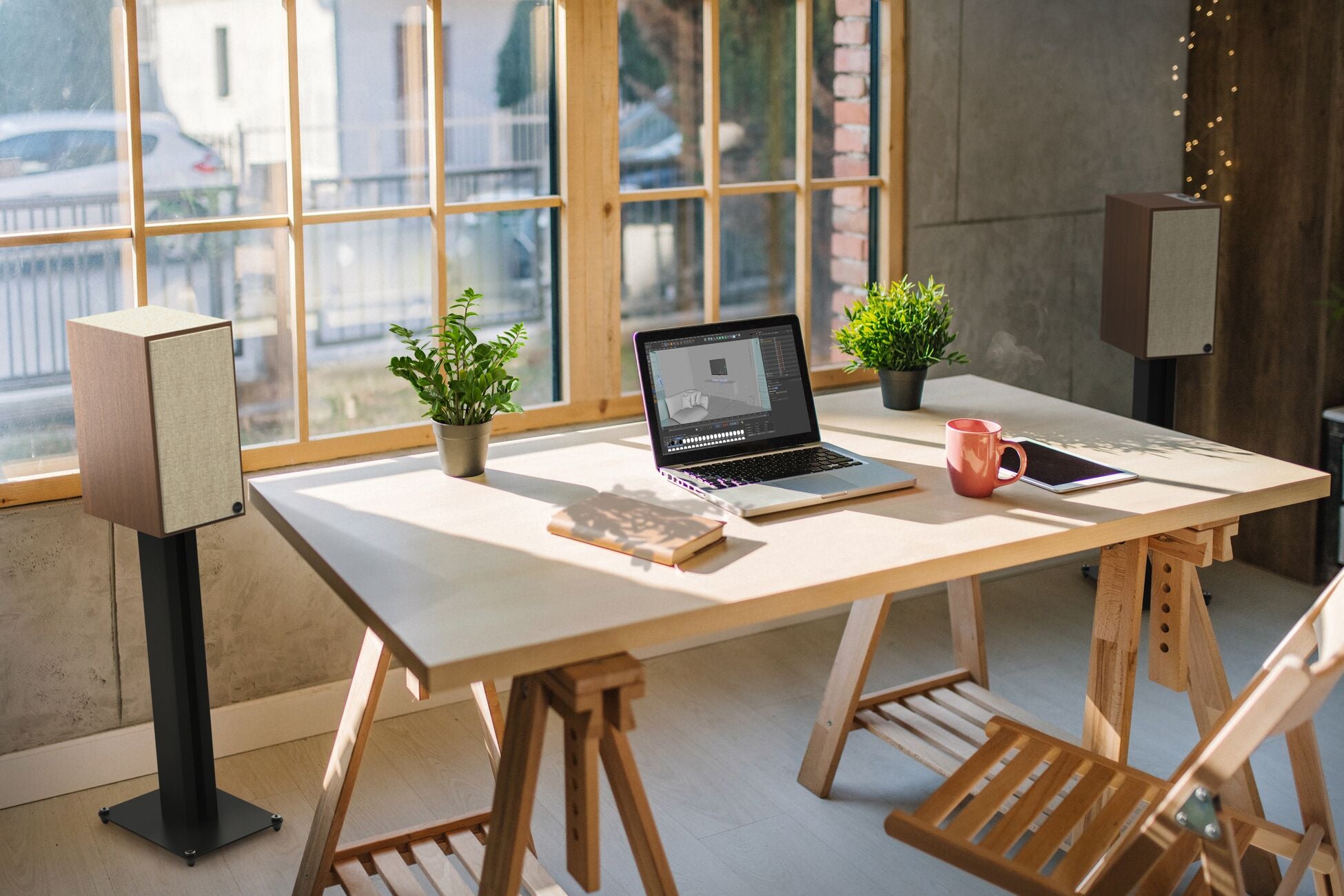Once you’ve purchased a brand new set of speakers, you’ll probably want to set them up and get to the good part - playing them. However, be prepared for the fact that for the first several hours of use (the break-in period), they won’t be quite to their maximum potential. The good news is your speakers will absolutely sound better after the initial break-in period. In fact, you may want to take care of this step right away so you are more quickly able to enjoy your speakers at their best.
Your speakers contain several moving parts but prior to use, they’ve never actually moved before. Essentially, pieces of the assembly like the spider and the surround will be stiff at first. Due to the rigidness of your new speakers, they will not be as dynamic until they have had a chance to move and become more flexible. Moral of the story? Don’t be afraid to break them in.
Now that you understand why breaking in is important, how do you do it? The easiest answer is simply to play music. However, to break your speakers in well, you’ll want to play something with a large dynamic range, something with solid deep bass, as well as something with a strong high end. Music capable of both will be able to push the speaker to their extremes regularly. You will want to play the music loud, not max volume, just louder than normal. Doing this will help the break-in period occur faster. It will also help to use music that you know well, as you will be able to recognize when the magic starts to happen.
How long you want to break in your speakers is one of those audiophile questions that doesn’t necessarily have a right or wrong answer. 100 hours? You’re in great shape. If this seems unattainable, just continue the break-in period with your favorite music and movies as you would normally enjoy them.
Invite friends or family over to help break them in. Put on your favorite tunes, rock, repeat and the before you know it the break-in period will be over and your speakers will be performing at their maximum potential.

